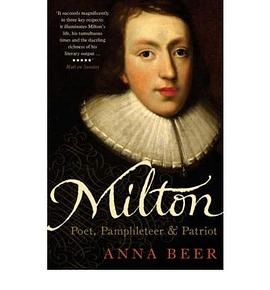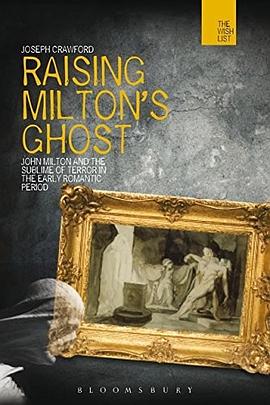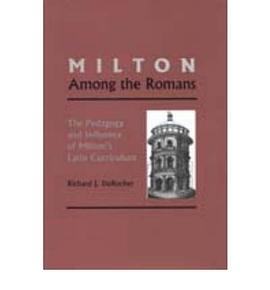

具體描述
This examination of the fate of lost ideas after the Protestant Reformation explores what might be called the pathology of the Renaissance. The first part of the book treats Spencer's "Faerie Queen" and Milton's "Paradise Lost", concentrating on vacant cultural spaces and abandoned icons to trace the gap between sacred and secular life, between poetry and belief. The second part focuses on Shakespeare's "Hamlet" and Elizabeth Carry's "Tragedy of Mariam" to investigate the eshcatological implications of this gap, the ways that history is disentangled from memory and nostalgia severed from experience. The book challenges readings of Renaissance culture as an increasingly secular one, proposing that sacred symbols and practices still powerfully organized the English moral imagination, oriented behaviours and arranged perceptions, and specified the limits of the known world.
著者簡介
圖書目錄
讀後感
評分
評分
評分
評分
用戶評價
相關圖書
本站所有內容均為互聯網搜索引擎提供的公開搜索信息,本站不存儲任何數據與內容,任何內容與數據均與本站無關,如有需要請聯繫相關搜索引擎包括但不限於百度,google,bing,sogou 等
© 2025 book.quotespace.org All Rights Reserved. 小美書屋 版权所有




















